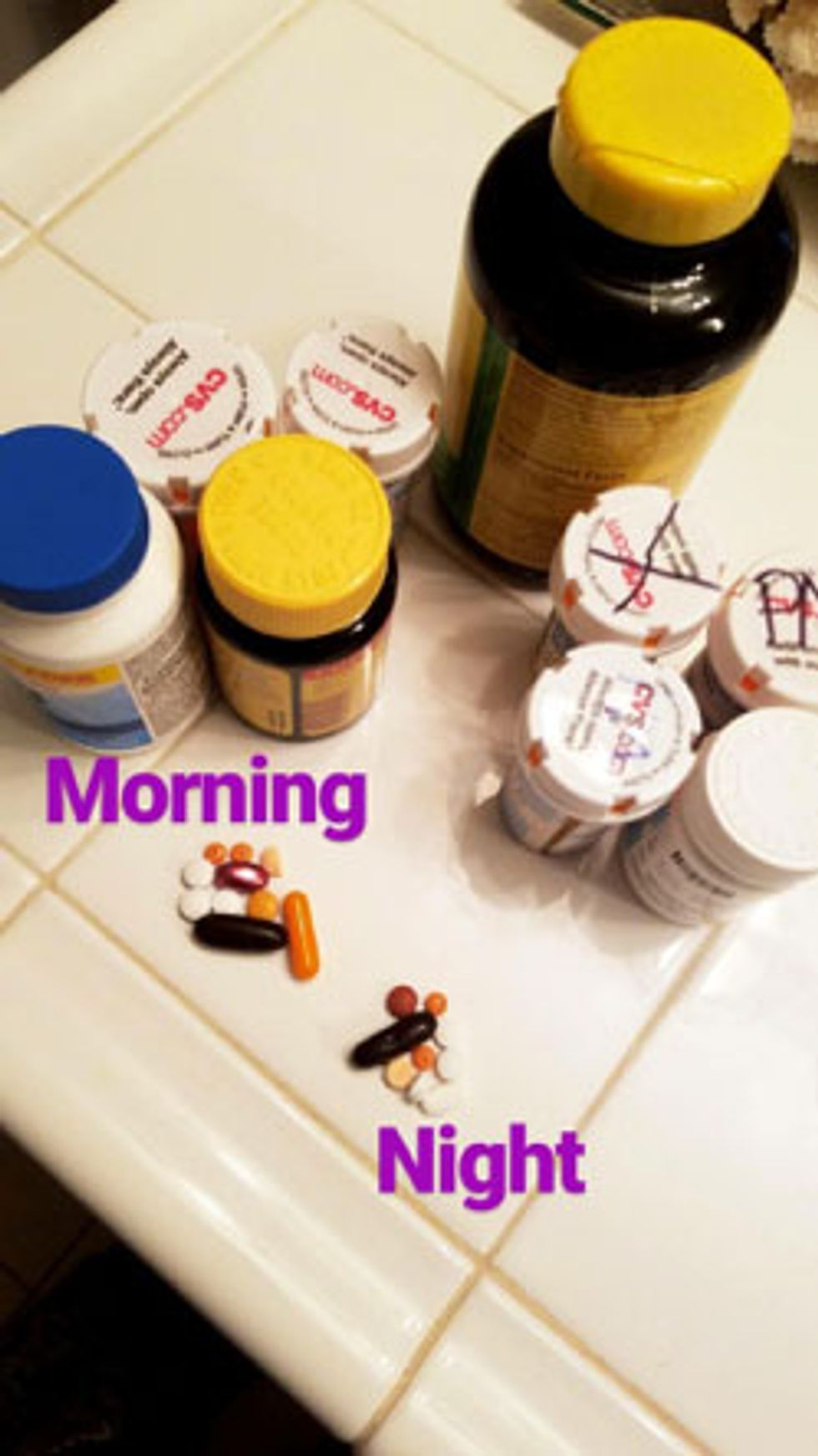Katie Golden is a #teamHealthyWomen Contributor and this post is part of HealthyWomen's Real Women, Real Stories series.
Receiving mail from the Social Security Disability office is always a little frightening. Recently, an envelope showed up in my mailbox—it was time to recertify my disability.
It has been three years since I was awarded benefits. The Social Security Administration has the following guidelines on when and how often someone would be asked to recertify their condition:
If medical improvement is:
- “Expected,” your case will normally be reviewed within six to 18 months after your benefits start.
- “Possible,” your case will normally be reviewed no sooner than three years.
- “Not expected,” your case will normally be reviewed no sooner than seven years.
I fit into the “Possible” category. I rely on these benefits and can’t afford to miss anything in this process. I spend countless hours gathering up all the information I need so there would be no doubt that my chronic migraine disease was still stopping me from being able to have a “regular” job or lead a “regular” life.
On this particular form, out of everything that was asked of me, I found answering this question to be the most important: “Describe what you do in a typical day.”
But our days aren’t typical at all. Here was my reply.
Describe what you do in a typical day.
I do not have “typical days” anymore. I have low, medium, or high pain days. I have functioning, semi-functioning or debilitating days. With chronic migraine disease, I am never able to fully escape the pain as it is an everyday occurrence. My day depends on how intense the pain is and for how long.
I will illustrate how my days vary widely and without any warning. I make adjustments to my schedule throughout the day depending on the intensity of the symptoms, which I experience daily on varying levels. These symptoms include head pain, aphasia, allodynia, fatigue, phonophobia, photophobia, impaired cognitive dysfunction, nausea, akathisia and visual aura.
Low Pain/ Functioning Days
When I wake up at around 9 or 10 am with a pain level of 3-4, I know that this is the best I am going to feel all day. I am most productive for about an hour after waking up. I eat breakfast—usually yogurt and fruit. I take a handful of medication—both prescribed and over-the-counter—just to maintain a pain level that is tolerable.
I respond to emails and check the daily news. I may take some time to write, a practice that has become helpful to me in dealing with my illness. I also take this time to make doctor’s appointments and deal with insurance issues, which is a never-ending battle. Even on good days, if I do any housework I usually only focus on one area of my one-bedroom apartment, as this can be exhausting. During the day, my pain level spikes around 6-8, which forces me to take a nap for an hour or two mid-day. When I wake up, the pain has decreased slightly to about a 5.
I try to get in some form of exercise every day after napping. That may be taking a 30-minute walk, going to a yoga class or going on a bike ride. After one of these activities, I usually shower for the day. On a good day, I am able to run some errands, which I usually break up throughout the week in order to not increase my pain. The grocery store and laundry are two tasks that generally wear me out. While eating healthy is part of my life, making dinner can be challenging. I spend little time making dinner and my partner often helps in making meals and with clean-up.
I spend the evening watching TV, however, my pain increases and I become fidgety. With newly diagnosed Restless Leg Syndrome and Periodic Limb Movement Disorder, I find it very hard to sit still. Even with medications to manage the full-body, uncontrollable twitching and jerking movements, nighttime is very hard for me. The head pain generally spikes as well back up to a 7 or 8, making falling asleep difficult. I take another handful of medication to prevent worsening migraine attacks and to control the symptoms for the next day.
This is me on a low-pain / functioning day:
High Pain and Debilitating Days
I try to stick to a normal sleep schedule so that I wake up between 9 and 10 am. I eat breakfast depending on how nauseated I am. On these days, leaving the house, driving and exercise are out of the question. It is rare that my symptoms improve throughout the day—they typically get worse even when using rescue medication. Some of the medications I take to cut down the pain and inflammation on high pain/debilitating days cause side effects that make me drowsy. That, coupled with the excruciating pain, cause me to spend the majority of the day in bed. I spend little time on the internet or watching TV.
I use sleep as a coping mechanism. Even while sleeping, my body is tensed up to battle the pain. I curl into a ball to protect myself and often find fingernail marks in my palms because I’ve been clenching my fists while asleep. I also grind my teeth and need to wear a mouth guard.
During long stretches of time with high levels of pain, my sleep cycle is interrupted, my food intake is altered, showering is a chore and my body feels like it has been beaten up. I can be in this state for days, weeks or even months at a time. I rarely see friends or spend time outside when this happens. It can take weeks to build my strength back up.
Summary
I spend 80% of my time in my apartment. The 20% that I try to venture out has to be carefully planned out. Will there be any noise, lighting, food or other triggers that will make the migraine attacks worse?
I have to take medication before I leave and have all medications with me for any possible scenario when I leave the house. I need an exit strategy. Will I be able to lie down if the pain is suddenly unbearable? Do I have a way home if I feel I can’t drive? Will my impaired cognitive dysfunction cause me to become disoriented, forgetful, or lost?
I always carry a notebook with me because I can easily forget my tasks or what people tell me. I build in extra time because any task now takes me twice as long to complete. I have a small radius (about 5 miles) around my house where I am comfortable going by myself. Anywhere outside of my comfort zone, I prefer to have someone with me no matter what my pain level is that day.
These questions and considerations dictate my “typical day.”
A version of this post originally appeared at GoldenGraine.com.







